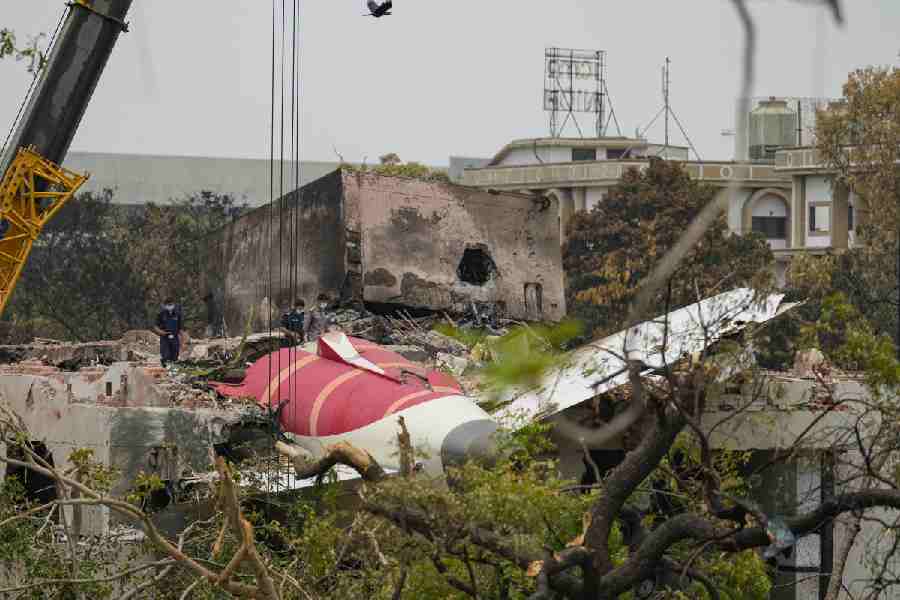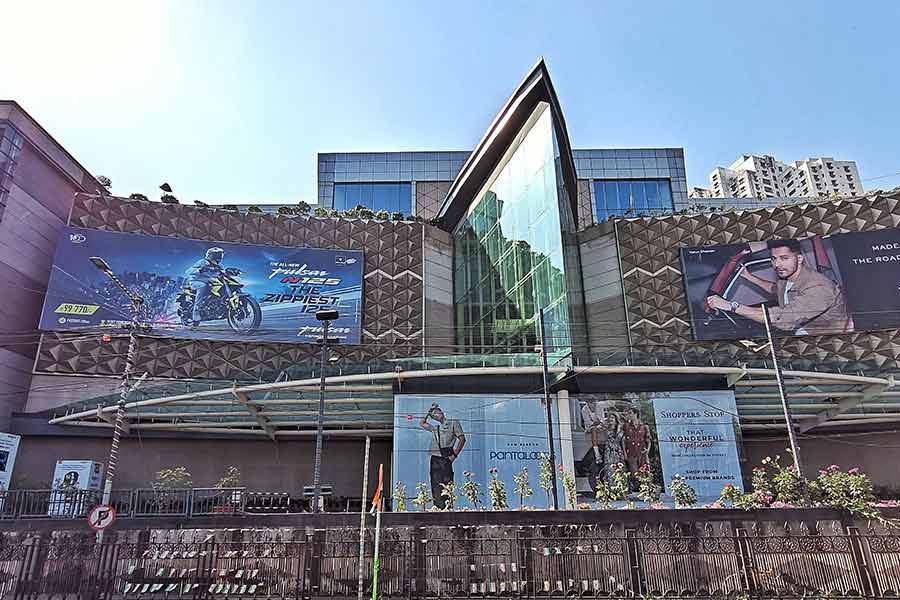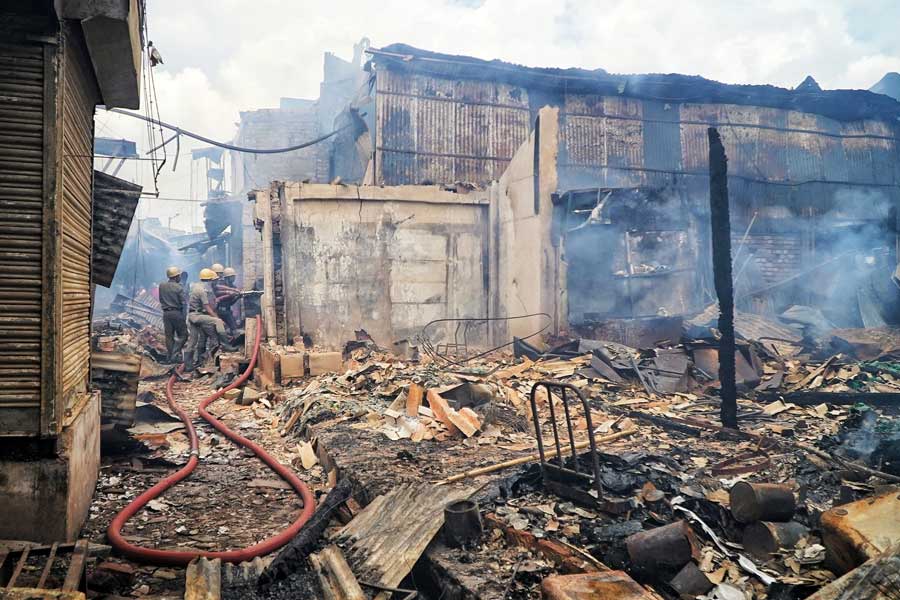Charles Correa did pioneering work in this country. He has been showing directions to the profession as well as to the citizens what modern heritage can be. He was one of the three pioneers in architecture who launched new ways of thinking in India - Achyut Purushottam Kanvinde, myself and Charles Correa.
The Indian community enjoys outdoor life, nature and use of open spaces - verandahs and terraces have been a part of our life.
The City Centre in Calcutta uses maximum outdoor spaces and spaces between structures. City Centre is a great demonstration of his skilful models. Calcutta should be proud to have Charles's City Centre.
A signature of Charles's style is the Kund. It is a traditional element which is going slightly below ground. You sit around the steps and they provide proximity and eye-to-eye contact. It changes the psychology of conversation.
We have known each other for close to 60 years. I began my career three years before him, in 1955. I have interacted with him constantly. We were almost like teammates. We were family friends and our relationship went beyond that.
Charles had designed some significant buildings. In Ahmedabad, he designed the Gandhi Smarak Sangrahalay at Gandhi Ashram, Jawahar Kala Kendra, the museum in Jaipur, the Vidhan Sabha building in Bhopal and Bharat Bhavan in the same city. He also designed a beautiful cancer hospital in Lisbon. [Champalimaud Centre for the Unknown is now in the news for the Lalit Modi-Sushma Swaraj controversy, as this was where Modi's wife had gone for treatment.]
They were all significant in their own way. They relate to the site, function, form, space and relation to the needs of the locality. Each is unique like a tree. Each is unique to its context, and each is appropriate to the context.
Charles Correa's influence on the new generation of architects is indirect. All of them revere him. They pick up elements from what he has written and done. But they can't copy him.
Balkrishna Doshi, 87, is one of the most acclaimedarchitects in India
By A Staff Reporter
Charles Correa, trailblazing architect and urban planner, died in Mumbai on Tuesday night after a brief illness. He was 84. His work has been of seminal importance in the development of contemporary architecture in India.
In the 1970s, he was the chief architect of Navi Mumbai, and then the first chairman of the National Commission on Urbanisation. He won several awards, including the Aga Khan Award for Architecture, the Praemium Imperiale of Japan and the Royal Gold Medal of the Royal Institute of British Architects (RIBA). He was given the Padma Shri in 1972 and Padma Vibhushan in 2006.
Born in Secunderabad on September 1, 1930, Correa studied at St. Xavier's College in Mumbai before going to the University of Michigan and then MIT. He was the founder of the Urban Design Research Institute in Mumbai.
In Calcutta, he left his unmissable mark on two private houses, one on Ballygunge Circular Road and the other on Palm Avenue, the latter having been demolished some time ago. He had also designed a polytechnic in the Sen Raleigh factory in Asansol. Decades later, he created his Calcutta masterpiece - the City Centre in Salt Lake defined by the Kund area.











